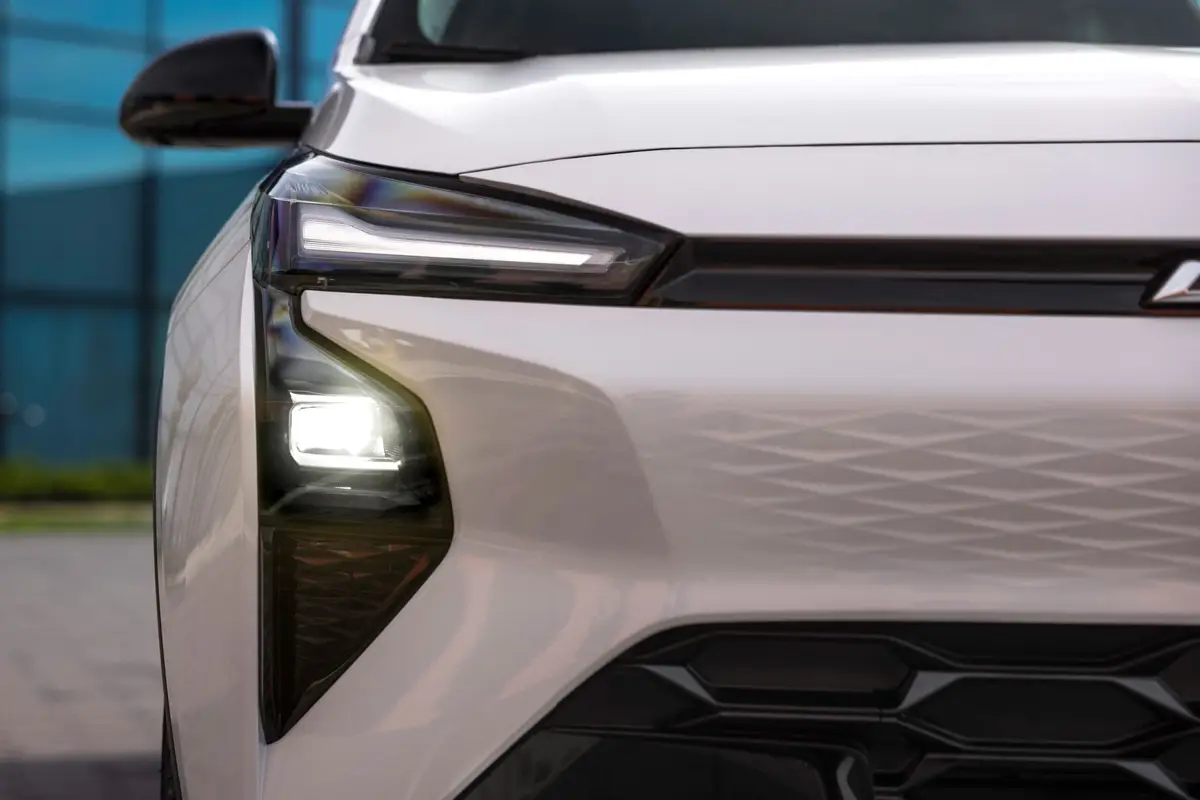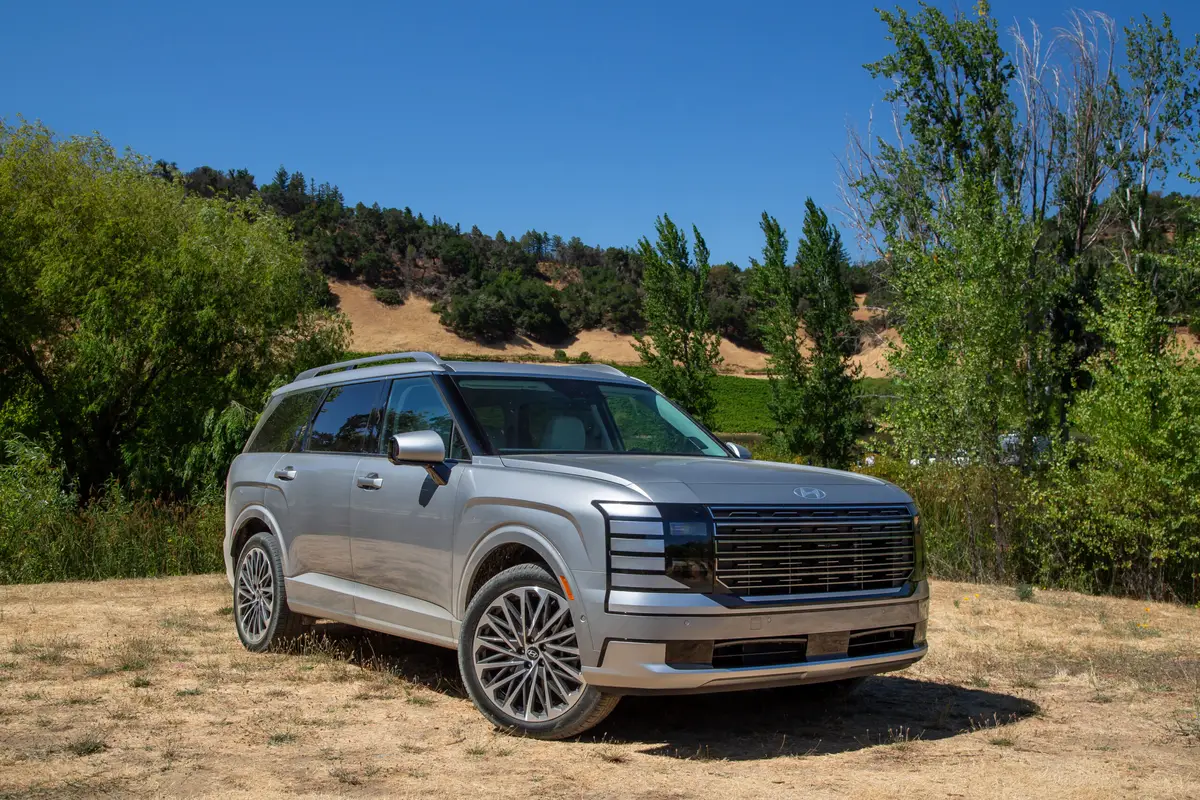2008 Mercedes-Benz SLR McLaren: What's New
Vehicle Overview
Mercedes-Benz stays in the supercar segment with its 2008 SLR McLaren Roadster. As a six-figure convertible, the SLR McLaren has few in its market segment, but competitors include offerings from Porsche, Ferrari and Aston Martin.
Mercedes-Benz joined the supercar segment for 2005 with the SLR McLaren super sport GT coupe, while the current version is a roadster. McLaren is Mercedes-Benz’ partner in the European Formula One racing circuit.
The SLR features full carbon-fiber monocoque, crash structures and body panels. The roadster, Mercedes-Benz says, can hit a 206-mph top speed and go from zero to 60 in 3.8 seconds.
Bringing the supercar to a halt are ceramic composite brake discs and an air brake, standard on all SLRs. Actually an adaptive rear spoiler in the trunklid, the air brake springs up at a 65-degree angle when a driver brakes hard when traveling faster than 59 mph. Originally, “SLR” stood for “sporty, light racing.”
Exterior
Mercedes-Benz says the rigidity and strength of the SLR’s carbon-fiber composite construction had “never before [been] achieved in road-going vehicles.” It’s the first production vehicle to use a front crash structure made entirely of carbon fiber, designed to absorb energy at a constant rate.
Mercedes-Benz also says the roadster has “extreme torsional rigidity” for a convertible, thanks to the carbon-fiber reinforced plastic material that makes up the body. The roof itself is semi-automatic: You have to unlock the top from the windshield and raise it slightly before the electric motors take it the rest of the way down. Mercedes-Benz says the top can drop in less than 10 seconds, and the car’s body is tuned to allow conversation at speeds above 120 mph.
Ceramic brake discs are made of a composite material that promises astounding stopping power, high heat resistance and long service life, Mercedes says. Eight-piston brake calipers are installed in the front, and four-piston calipers are featured at the rear.
Side strakes ahead of each front door recall some of the most potent Mercedes-Benz models of the past. The three-pronged Mercedes-Benz star insignia sits at the front edge of the hood dome and extends into a small triangular lower panel. Flanking the insignia are twin air intakes with single-slat grilles that sit next to round bi-xenon headlights. An immense air intake is closer to the ground.
The roadster has gull-wing-like door openings and two fixed roll bars.
Interior
Two occupants sit on individually padded carbon-frame seats. Chronometer-style instruments are installed. Interior convenience features include a navigation system and automatic climate control.
Under the Hood
Hand-built by AMG in Affalterbach, Germany, the supercharged and intercooled 5.5-liter V-8 engine sits behind the front wheels in a front mid-engine position. The V-8 generates 617 horsepower and 575 pounds-feet of torque.
Dry-sump lubrication includes a remote oil tank that eliminates the conventional oil pan or sump. This allows the engine to sit lower and creates a lower center of gravity. Dry-sump systems also prevent oil starvation during extremely hard acceleration, cornering and braking.
The five-speed automatic transmission has three programs (Comfort, Sport and Manual) with different shift characteristics.
Safety
Safety features include knee airbags and side-impact airbags plus twin roll bars and steel-reinforced A-pillars. Electronic stability control is standard.
Featured stories


2025 Tesla Cybertruck Review: Wedge Issues


2026 Hyundai Palisade Review: Growing Gains

